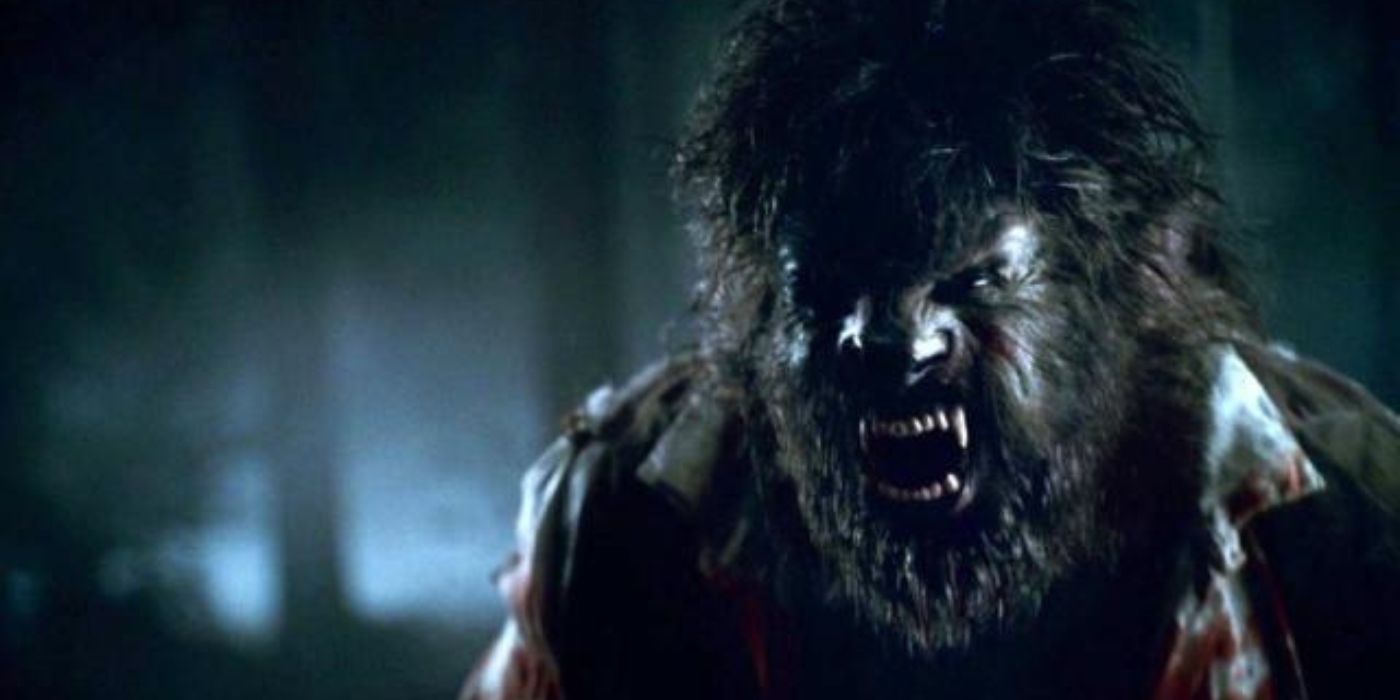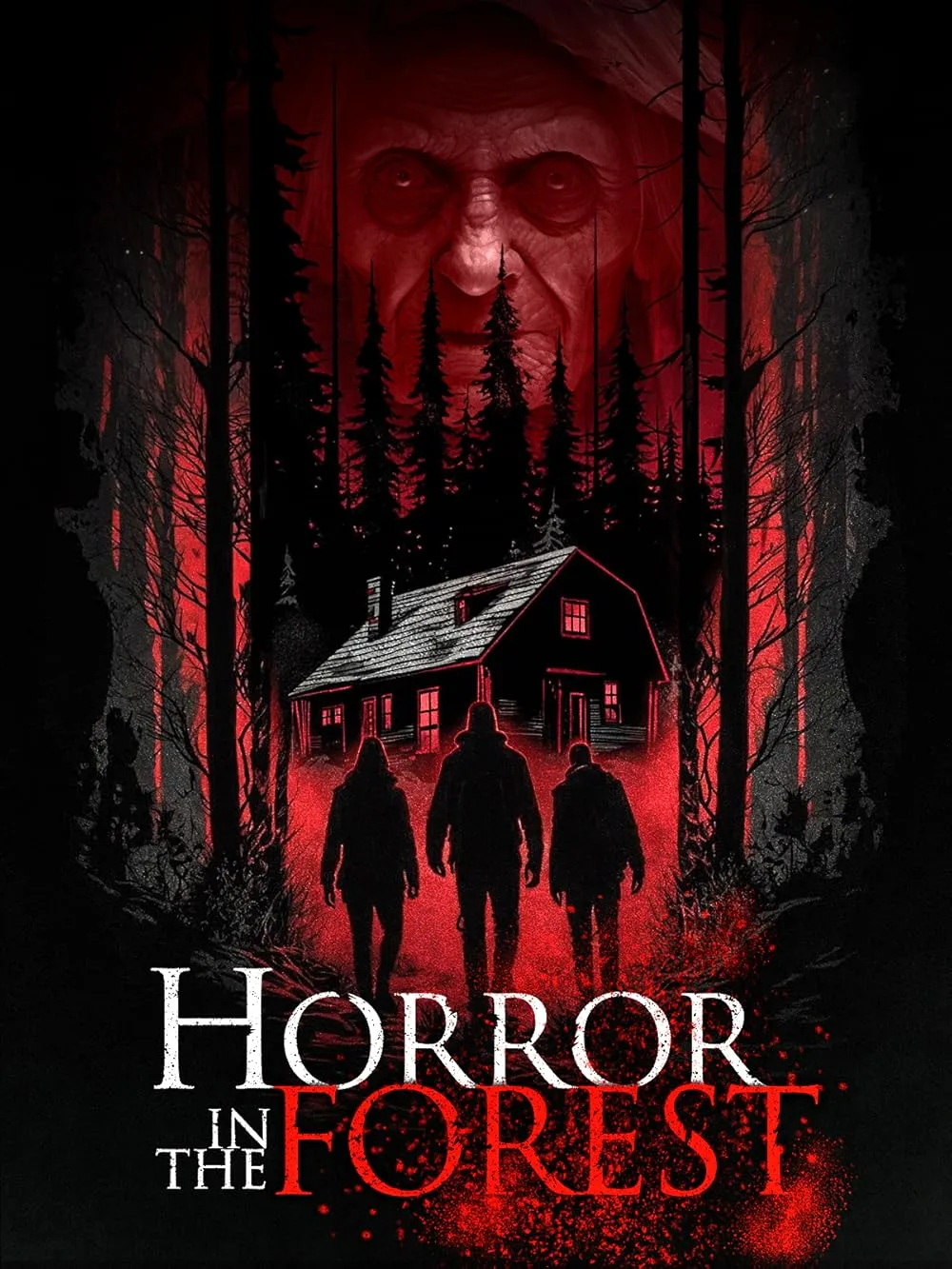The Wolf Man (1941) – A Haunting Classic of Horror Cinema
The Wolf Man is a landmark 1941 horror film from Universal Pictures, directed by George Waggner and written by Curt Siodmak. It stars Lon Chaney Jr. in the iconic role of Larry Talbot, a man cursed to transform into a werewolf during the full moon. With its moody atmosphere, tragic storyline, and enduring mythos, The Wolf Man helped cement the werewolf as a staple of cinematic horror and established many of the rules associated with werewolf lore that continue to influence pop culture today.
The story begins when Larry Talbot returns to his ancestral home in Wales after the death of his brother. Attempting to reconnect with his father, Sir John Talbot (played by Claude Rains), and assimilate into village life, Larry soon finds himself drawn to Gwen Conliffe (Evelyn Ankers), a local woman who sells antiques. One night, while trying to rescue Gwen’s friend from a wolf attack, Larry is bitten by the creature—who turns out to be a werewolf named Bela, portrayed by Bela Lugosi in a brief but memorable role. From that moment on, Larry is plagued by a horrifying transformation and an inescapable curse.

One of the film’s most powerful themes is the tragic inevitability of fate. Unlike many monsters in horror cinema, Larry Talbot is not evil by choice; he is a victim of forces beyond his control. This transforms The Wolf Man into a deeply human story about guilt, fear, and the duality of man. Lon Chaney Jr.’s sympathetic performance as Talbot captures this inner torment, portraying a man desperate to free himself from a monstrous destiny he cannot escape.
Visually, the film uses fog-shrouded forests, gothic mansions, and shadowy village streets to build an atmosphere of dread. The cinematography and set design enhance the film’s eerie tone, immersing the viewer in a world where ancient legends become terrifying reality. The werewolf transformation sequences—though limited by 1940s special effects—were groundbreaking at the time, utilizing a slow dissolve technique to show Talbot’s gradual change into the beast. Jack Pierce’s makeup design for the Wolf Man, with its snarling face and thick hair, became iconic and influenced countless future depictions.
Another standout aspect of the film is its script. Curt Siodmak not only created memorable dialogue, such as the famous poem—“Even a man who is pure in heart / and says his prayers by night / may become a wolf when the wolfsbane blooms / and the autumn moon is bright”—but also shaped much of the werewolf mythos still used in modern storytelling. His ideas about silver bullets, transformation under a full moon, and the curse passing through a bite were largely invented for this film and have become folklore in their own right.

The Wolf Man was both a commercial and critical success and led to multiple sequels and appearances of the character in crossover films like Frankenstein Meets the Wolf Man and House of Dracula. Its legacy endures not only because of its gothic style and suspenseful storytelling, but also because of its emotional depth and tragic portrayal of its central character.
In conclusion, The Wolf Man remains a haunting, influential classic that combines monster horror with human pathos. Through its chilling visuals, iconic performances, and lasting mythological impact, it continues to resonate as a powerful tale of fear, fate, and the beast within us all.
/vidio-media-production/uploads/image/source/20721/92c393.jpg)

